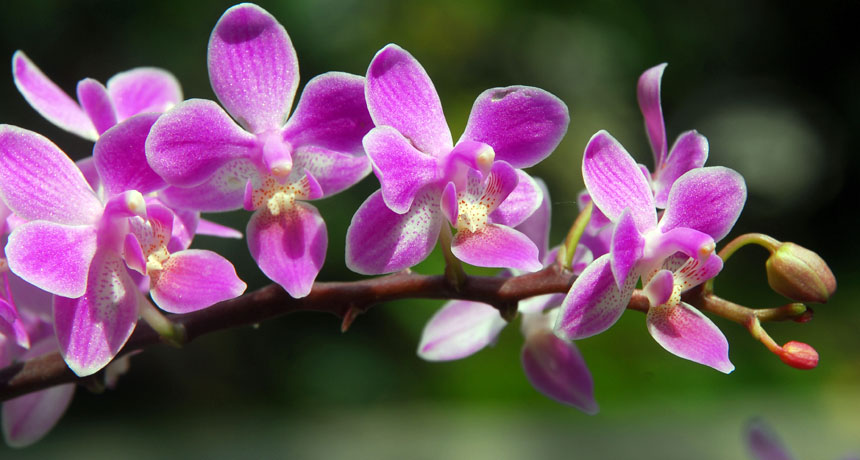Orchid genome may save highly endangered species

The genetic blueprints of the orchid Phalaenopsis equestris may help preserve highly endangered orchid species.
Li-Jun Chen and Zhong-Jian Liu

The genetic blueprints of the orchid Phalaenopsis equestris may help preserve highly endangered orchid species.
Li-Jun Chen and Zhong-Jian Liu